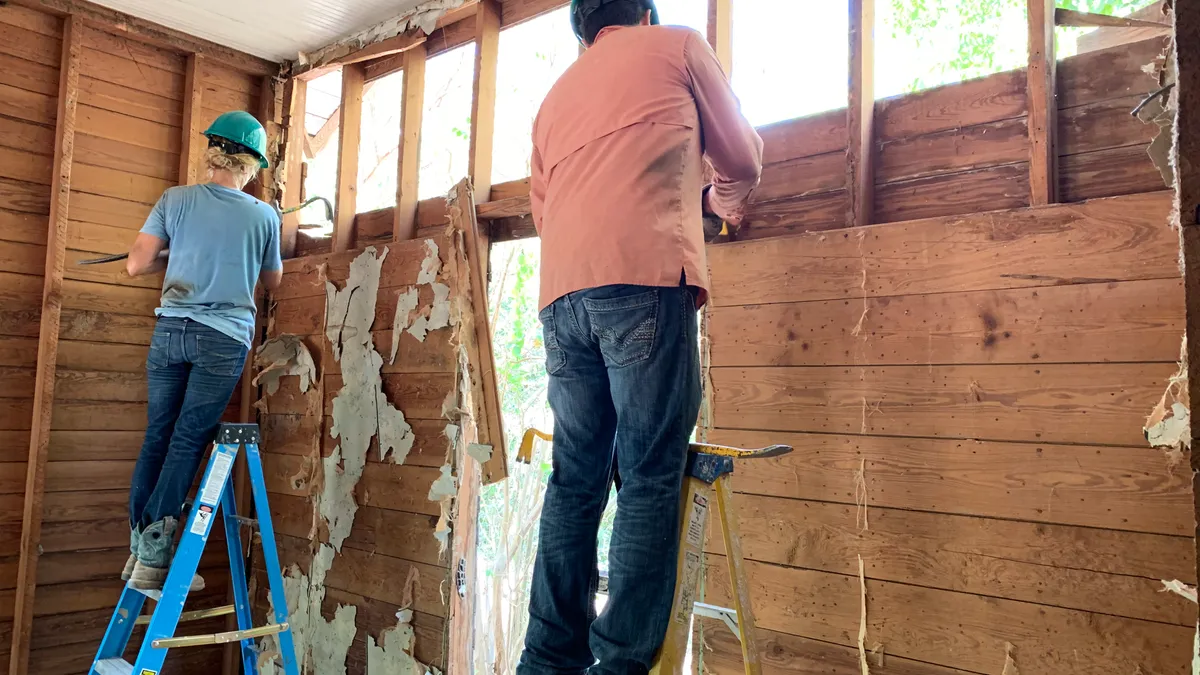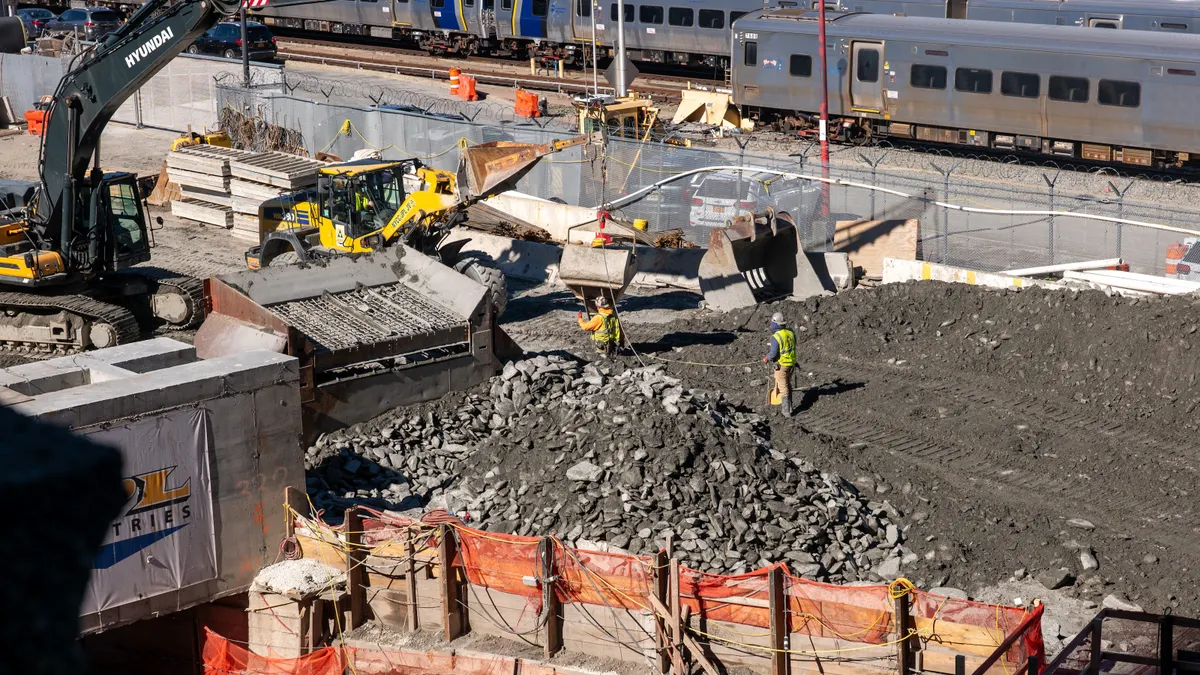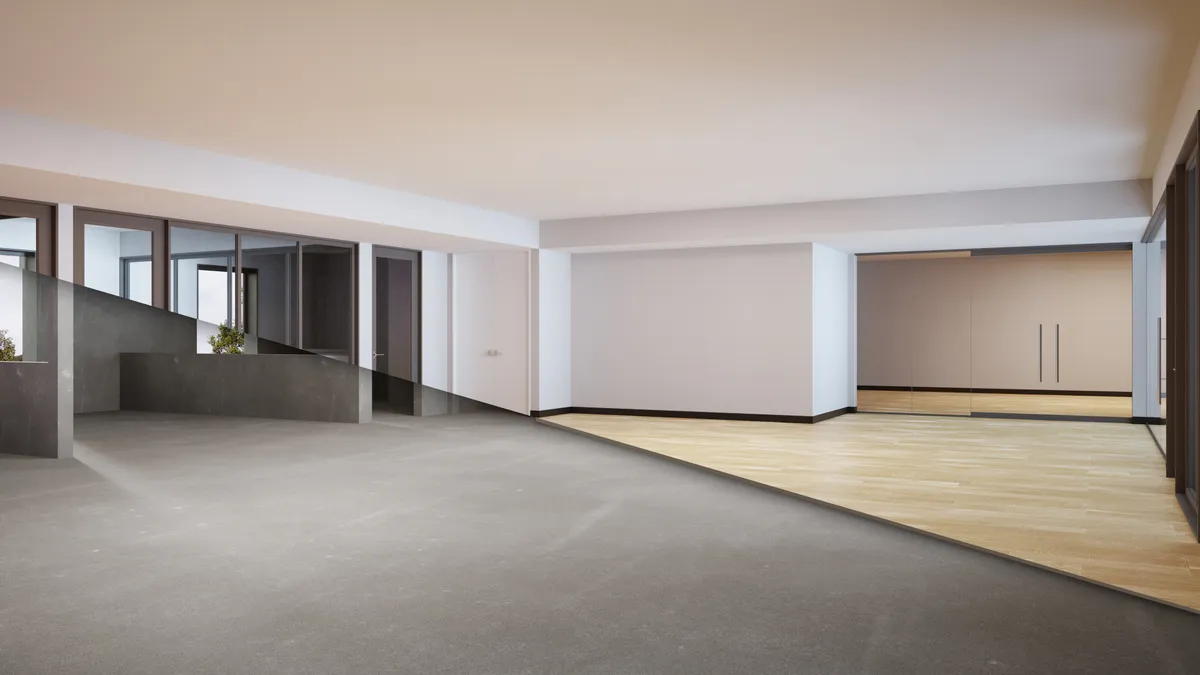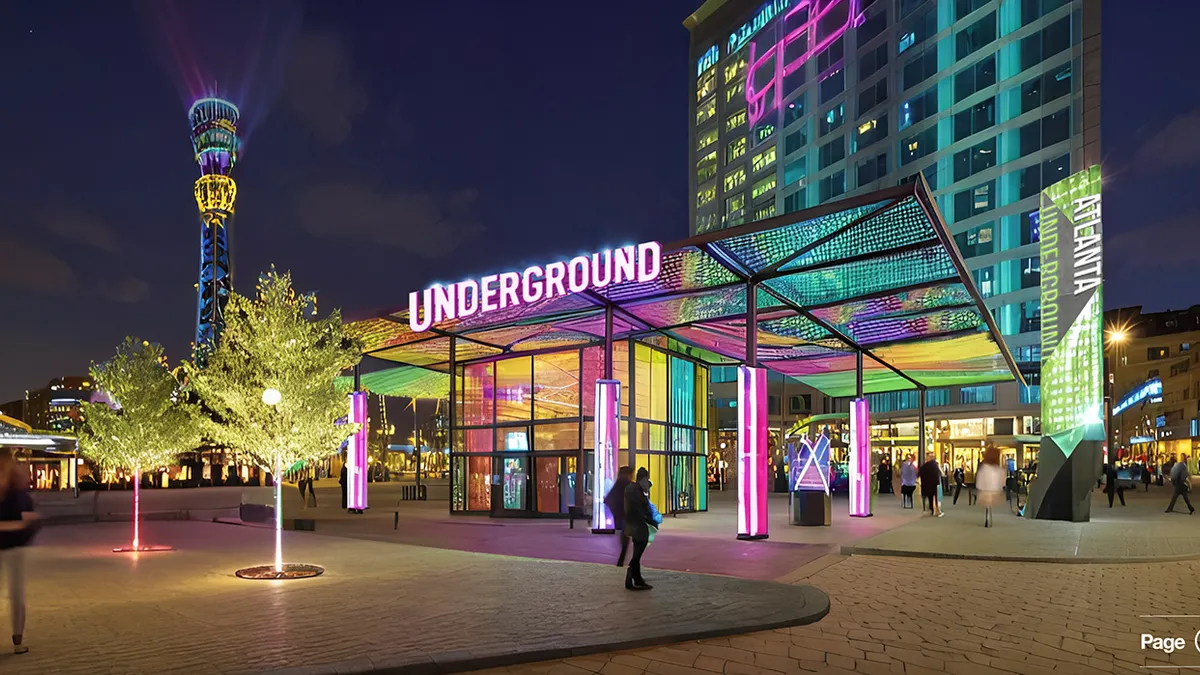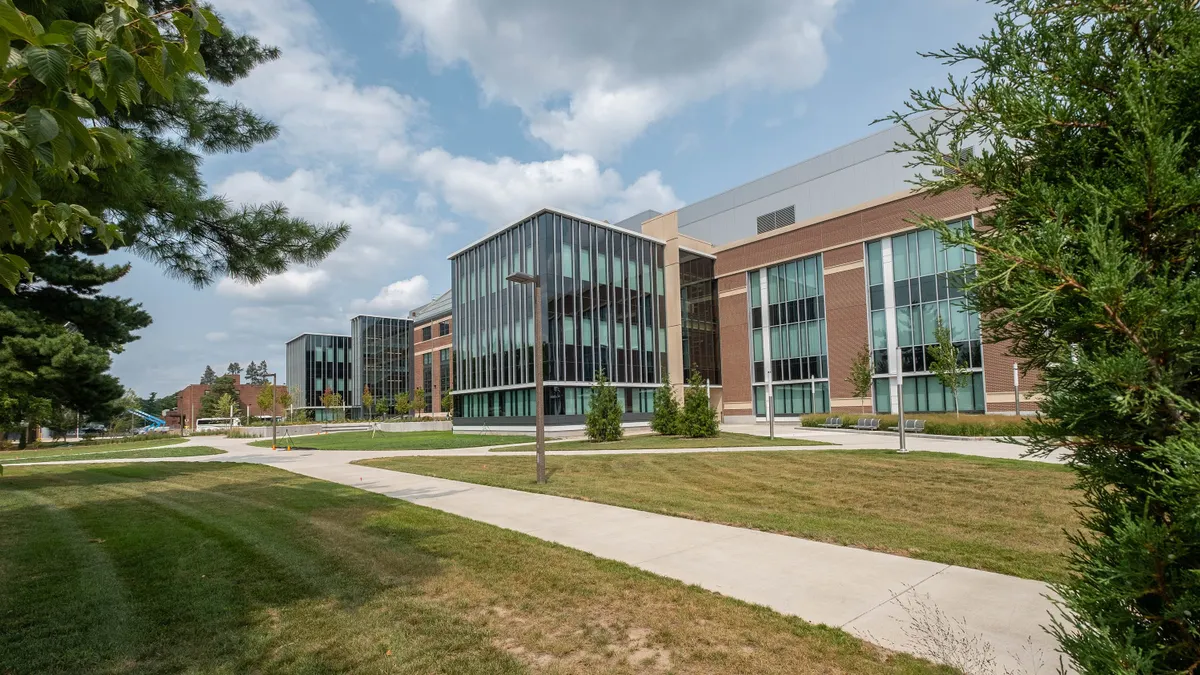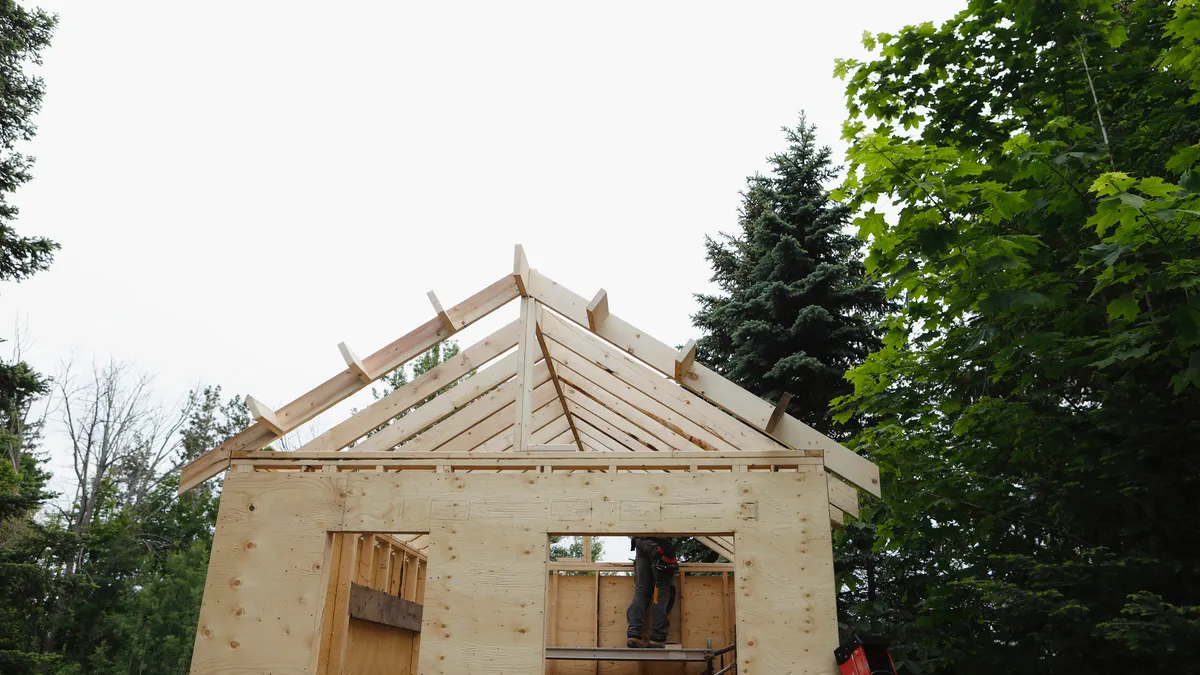San Antonio is beginning to implement a deconstruction ordinance years in the making as it aspires to zero waste in construction, municipal government operations and beyond.
City leaders say the intersectional nature of the policy — with its benefits for affordable housing, public health and job creation — could represent a key way to garner support for waste reduction efforts.
The city’s Office of Historic Preservation has been working with the San Antonio City Council on the issue since at least 2017, and the policy for certain residential buildings passed almost unanimously last month. It seeks to address the more than 500 buildings demolished in San Antonio annually, reportedly up 68% over the last decade, and the $16 million worth of salvageable building materials that were landfilled in that period.
The deconstruction ordinance stipulates that certain residential buildings already slated for demolition must undergo deconstruction as an alternative to mechanical demolition. While deconstruction is considered a more cost-intensive option at the outset, it’s estimated to be a more efficient option when weighing environmental costs, the ability to put materials back into the economy, and job creation associated with the process. Portland, Oregon, is credited as the first among numerous U.S. cities to adopt such a policy.
San Antonio’s policy gradually expands deconstruction requirements for demolition permit applications to more residential single-family, multifamily and accessory structures, based on various age, zoning and conservation factors.
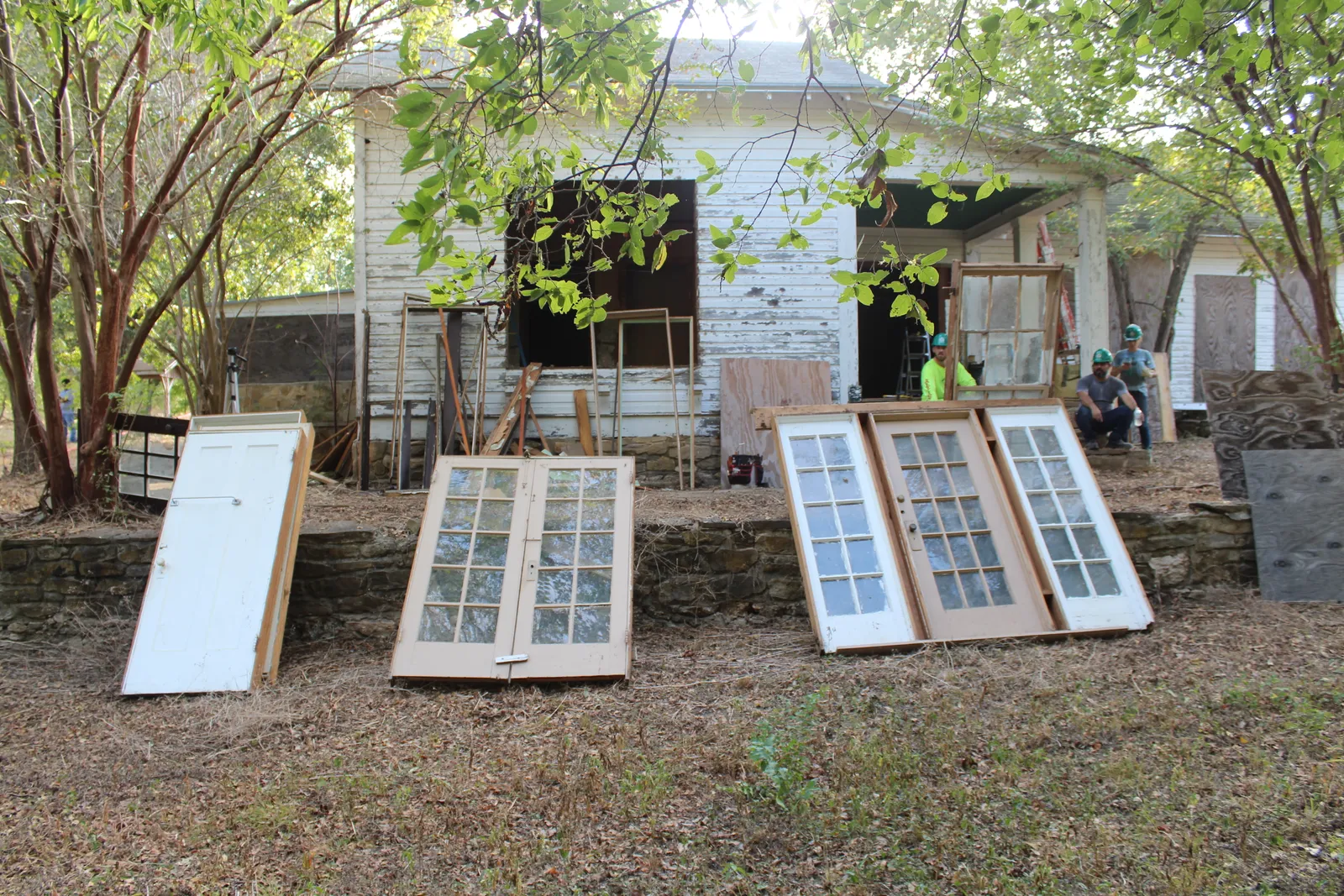
One of the pillars of the city’s 2019 climate action and adaptation plan is to advance the circular economy. The plan notes that the best chance to cut greenhouse gas emissions from waste is to reduce the generation or landfilling of new waste. To date, the city solid waste department’s longer-standing waste diversion or capture goals have been more focused on boosting recycling.
Historic Preservation Director Shanon Miller said that finally getting an ordinance across the finish line was largely a matter of having the right people in the right place at the right time.
“Initially, when we first started talking about it locally, it was very much about just the waste,” she said, and efforts to retain materials from demolition were met with resistance. “And so we just really tried to be diligent and think about ways that we can build partnerships and involve other entities that are trying to accomplish similar goals.”
The market later caught up with the circular economy idea, Miller said. “The economy just changed, [with supply chain issues] and cost of materials it became more and more obvious to people that it makes sense to use materials we already have.”
A feasibility study on the deconstruction ordinance published last year by historic preservation firm PlaceEconomics found that 69% of demolition permits between 2009 and 2019 were for residential structures, which introduced over 169,000 tons of material into San Antonio’s waste stream. U.S. EPA data suggests construction and demolition debris tonnage nationally is more than twice that of municipal solid waste and, within the C&D category, demolition represents more than 90% of that total.
It’s not just that people lose their homes when they’re demolished; those mechanical demolitions lead to exposures to harmful substances like asbestos and lead, said Councilwoman Teri Castillo. In the past 15 years, low-income Hispanic residents in San Antonio have been disproportionately affected by demolitions, according to the feasibility study.
City leaders are also looking beyond housing and having conversations about what deconstruction could look like for public schools that are set for demolition, Castillo said. “So it is making its way into different sectors about the importance and impact of deconstruction in comparison to mechanical demolition.”
Miller said the city also tied the initiative very closely to affordable housing, a big concern in San Antonio, one of the nation’s fastest-growing cities. Like in many places, existing residential structures provide a disproportionate percentage of affordable housing, she said. Retaining those units is important.
“It's sort of like an organ donor analogy — some buildings are probably going to come down. But if and when they do, the parts can be used to extend the life of other existing buildings,” she said. “And so part of our model is that material that ends up in the city's Material Innovation Center will be able to go into affordable housing projects at no cost. And so we've really tried to look at it in a holistic way.”
Miller said the city also is working with universities on researching new ways for materials to be reused. Another program component is workforce development, as contractors need to learn deconstruction.
The Texas state government has a history of blocking certain local actions related to landfill policy or reducing plastic pollution, said Luke Metzger, executive director at Environment Texas, part of the Public Interest Network, but “I think a lot of cities are eager to do what they can.” He said it’s “a smart strategy” to link the waste and climate goals with housing. “Being able to jump on a moving train can help.”



